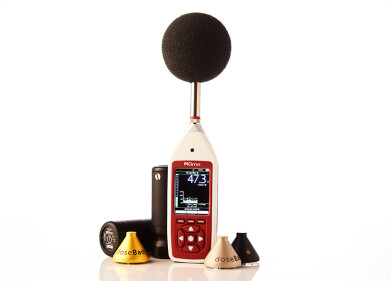Health & safety
What Is Elemental Mercury?
Mar 13 2022
Elemental mercury, abbreviated in the world of science to Hg, is perhaps the type of mercury which most people think of when they heard the word. Also known as metallic mercury, it is often used in its liquid form to denote temperature thermometers. Other common applications of elemental mercury include use as the filing substance in dental amalgams, a component in some electrical switches, a filament in fluorescent light bulbs and certain industrial processes.
However, elemental mercury isn’t always in liquid form. Depending on its temperature, it can be gaseous and is commonly released into the atmosphere during the incineration of waste, the combustion of fossil fuels and various smelting practices. Since it can persist in the atmosphere for a comparatively long time (six months to a year), it is capable of travelling fairly long distances. For this reason, monitoring mercury concentrations both at the point of emission and further downwind is essential.
How are people exposed to elemental mercury?
Because elemental mercury is capable of taking gaseous form, it can be inhaled by those in the vicinity of vapours containing the element. This most commonly occurs in locations where mercury plays a crucial role, such as dentistry practices and smelting operations, though it can also be spilled or released via a variety of other means, as well.
Any workplace in which elemental mercury is used or present on a daily basis must implement strict monitoring protocols to ensure that its concentrations do not spiral to unhealthy levels. As well as for reasons of health and safety, it’s also helpful to have access to data on mercury concentrations in the atmosphere for environmental and scientific motives.
What are the health effects of elemental mercury exposure?
It has been proven that exposure to pronounced concentrations of elemental mercury in the air can result in swift and severe respiratory damage, including death in extreme cases. It can also be detrimental to the functioning of the digestive, nervous, immune and renal systems. Having appropriate in-situ monitoring apparatus can prevent this eventuality from occurring.
Meanwhile, the health effects of exposure to low levels of elemental mercury over a prolonged period are not as fully understood. It’s believed that such exposure can result in irritation and rashes on the skin and malfunctioning of the kidneys, while the mental faculties of the individual in question can also be compromised. Specifically, this refers to their memory retention and their cognitive ability.
Why mercury monitoring matters
As mentioned above, elemental mercury is capable of travelling great distances before it breaks down in the environment. As a result, it’s imperative that adequate mercury monitoring facilities are in place at waste incinerators, smelting furnaces, dental practices, fossil fuel power stations, manufacturing plants and other industrial sites.
If you’d like to learn more about how to properly monitor mercury concentrations in your place of work – or simply have an interest in how mercury emissions affect human, animal and environmental welfare, the upcoming International Conference on Mercury as a Global Pollutant (ICMGP) should hold much valuable information. Scheduled to take place virtually in July, the conference will cover a wide variety of topics on the subject of mercury monitoring. All interested parties are invited to attend.
Digital Edition
IET 35.2 March
April 2025
Air Monitoring - Probe Sampling in Hazardous Areas Under Extreme Conditions - New, Game-Changing Sensor for Methane Emissions - Blue Sky Thinking: a 50-year Retrospective on Technological Prog...
View all digital editions
Events
May 06 2025 Nuremberg, Germany
May 10 2025 Karachi, Pakistan
May 11 2025 Vienna, Austria
May 11 2025 Seoul, South Korea
Salon Analyse Industrielle & Instrumentation
May 14 2025 Paris, France






.jpg)


_(4427399123)-(2).jpg)









